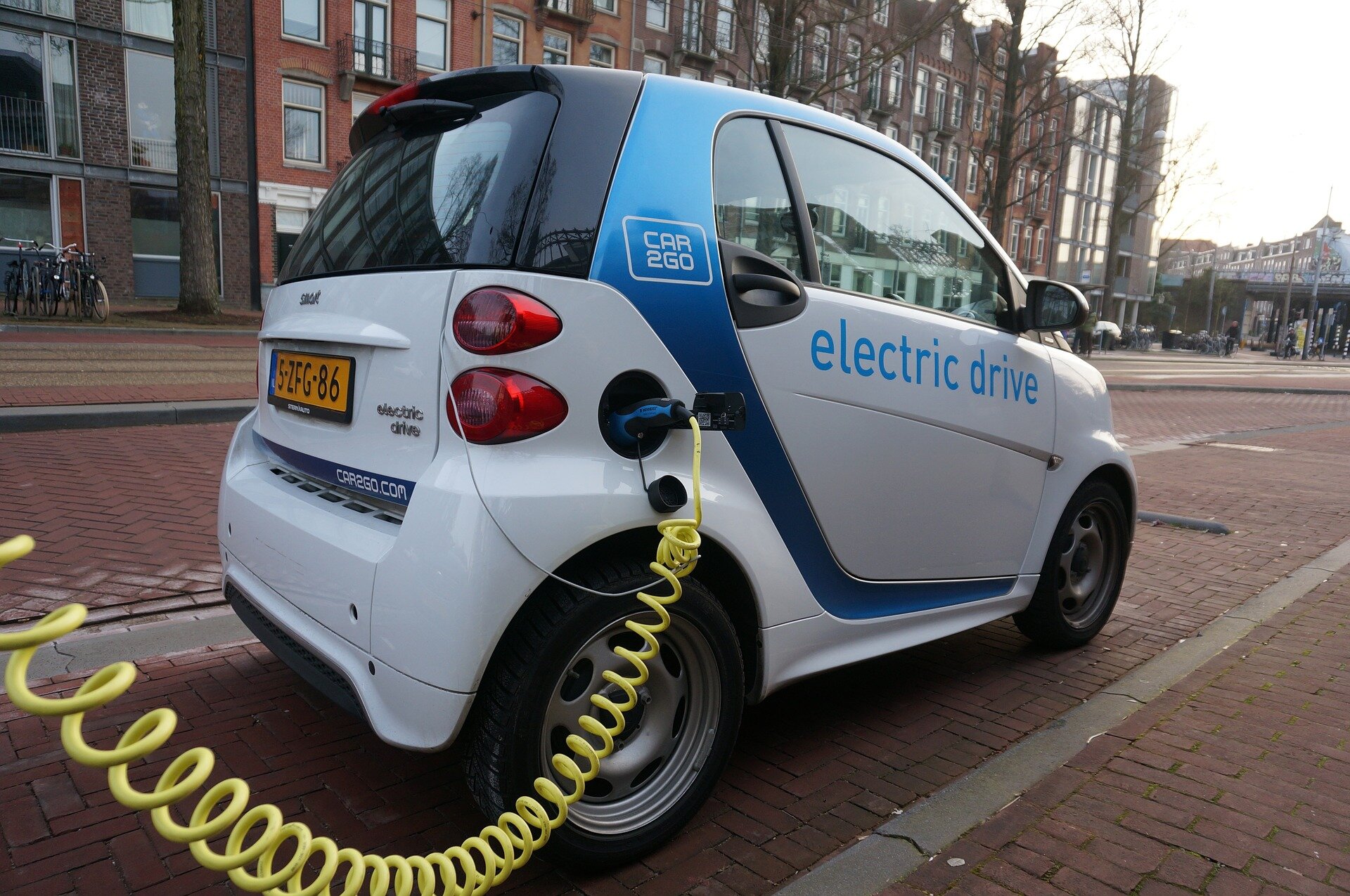Health
Pedestrians may be twice as likely to be hit by electric/hybrid cars than by petrol/diesel cars

Credit: CC0 Public domain
Pedestrians may be twice as likely to be hit by an electric or hybrid car than petrol or diesel cars, according to a study of the number of casualties in Britain from 2013 to 2017, published online in The Guardian magazine. Journal of Epidemiology and Community Health.
The risk is greater in urban areas, and governments must take steps to limit this safety risk as they continue to phase out fossil fuel vehicles to improve air quality and combat climate change, researchers urge. Road injuries are the leading cause of death for children and young people, and 1 in 4 traffic fatalities involve pedestrians, they note.
Amid the ongoing shift to electric and hybrid cars, concerns have been raised that these vehicles may pose a greater safety risk to pedestrians than fossil fuel cars because they are quieter, especially in urban areas where background noise levels are higher.
To investigate this further, the researchers compared the differences in the number of pedestrian casualties for every 100 million miles driven in Britain between electric/hybrid cars and fossil fuel cars, using Road Safety Data (STATS19). They estimate annual mileage based on data from the National Travel Survey (NTS). These only started including hybrid as a vehicle fuel in 2013, while an archiving error has prevented the uploading of relevant data since 2018 – hence the selected study period of 2013-2017.
A total of 32 billion miles of trips with electric/hybrid vehicles and 3 trillion miles of trips with gasoline/diesel vehicles were included in the analysis.
Between 2013 and 2017, there were 916,713 fatalities in the UK as a result of reported road accidents. Of these, 120,197 were pedestrians, of whom 96,285 were hit by a car or taxi.
Three-quarters of these pedestrians (71,666 (74%)) had been hit by a car or taxi running on petrol or diesel. About 1,652 (2%) had been hit by an electric or hybrid vehicle. But almost 1 in 4 (22,829; 24%) of pedestrian victims were missing the vehicle type code.
Most collisions occurred in urban areas, with a greater proportion involving electric or hybrid vehicles than petrol/diesel vehicles: 94% versus 88%. This compared to 6% and 12% respectively in rural areas.
Based on this data, the researchers calculate that between 2013 and 2017, the average annual pedestrian death rate per 100 million miles of road traveled was 5.16 for electric and hybrid vehicles and 2.40 for gasoline and diesel vehicles.
This indicates that collisions with pedestrians were on average twice as likely with electric and hybrid vehicles as with petrol and diesel vehicles, and three times as likely in urban areas than in rural areas, the researchers say.
They acknowledge several caveats to their findings, including the lack of data after 2017 and the absence of vehicle coding in nearly a quarter of cases.
In addition, younger, less experienced drivers are more likely to be involved in a road accident and are also more likely to own an electric car, which may explain some of the perceived increased risk associated with these vehicles, they suggest.
“In Britain, more pedestrians are injured by petrol and diesel cars than by electric cars, but compared to petrol and diesel cars, electric cars pose a greater risk to pedestrians and the risk is greater in urban environments,” the researchers write.
“A plausible explanation for our results is that background noise levels differ between urban and rural areas, making electric vehicles less audible to pedestrians in urban areas,” they suggest.
“From a public health perspective, our results should not discourage active forms of transport that are beneficial to health, such as walking and cycling; rather, they can be used to ensure that any increased risks of road accidents are understood and addressed protected,” they emphasize. .
To this end, they conclude that the increased safety risk that electric and hybrid cars pose to pedestrians “must be mitigated as governments continue to phase out gasoline and diesel cars.”
More information:
Pedestrian safety on the way to net zero: cross-sectional study of collisions with electric and hybrid-electric cars in Great Britain, Journal of Epidemiology and Community Health (2024). DOI: 10.1136/jech-2024-221902
Quote: Pedestrians may be twice as likely to be hit by electric/hybrid cars than by petrol/diesel cars (2024, May 21) retrieved on May 21, 2024 from https://medicalxpress.com/news/2024-05-pedestrians -electrichybrid-cars-petroldiesel.html
This document is copyrighted. Except for fair dealing purposes for the purpose of private study or research, no part may be reproduced without written permission. The content is provided for informational purposes only.











